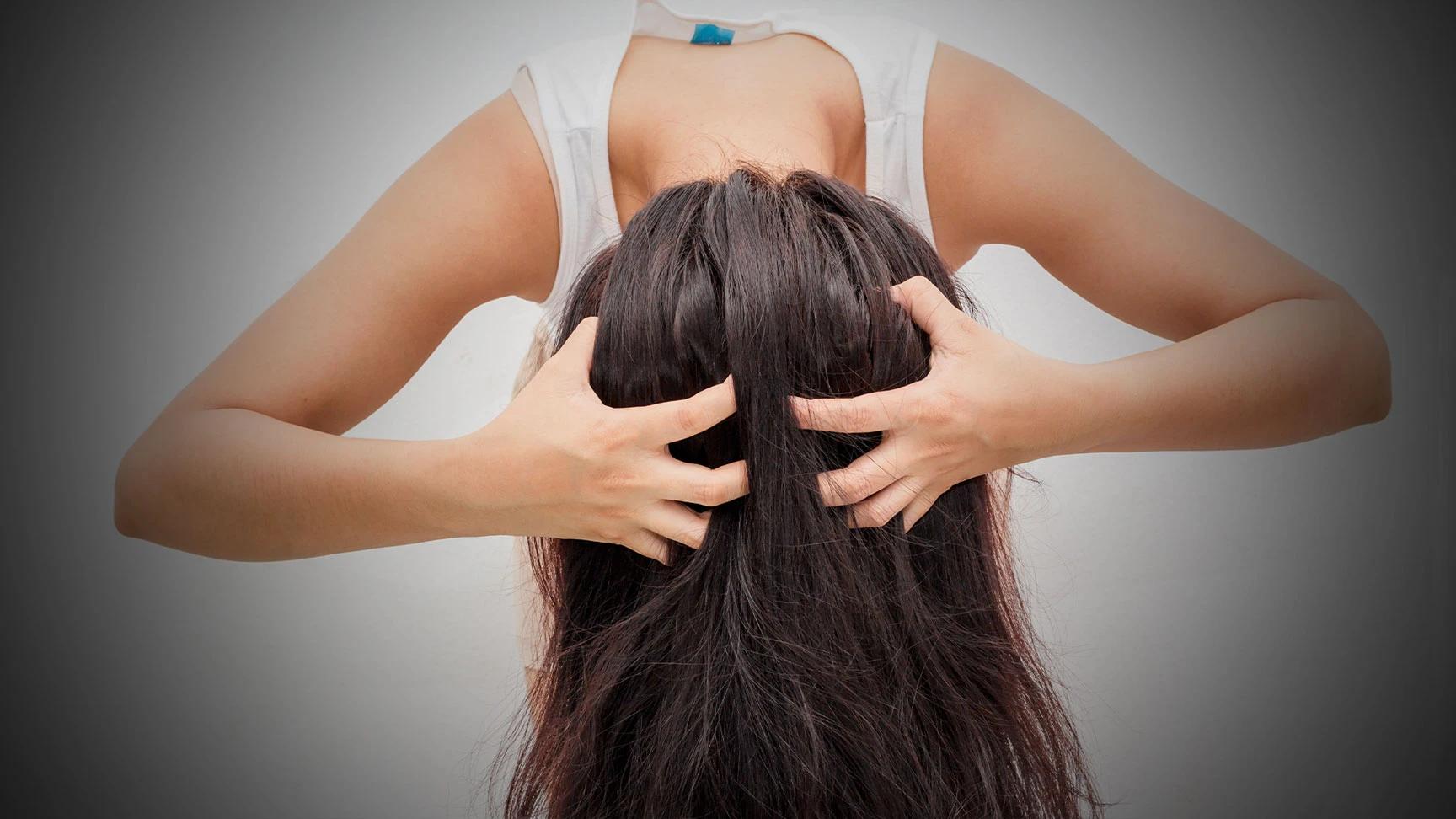Dealing with Flat Roots
Flat roots can make even the best waves look lifeless. Try applying your products only from mid-length down, avoiding the roots entirely. When diffusing, lift sections of hair to create volume at the scalp. Root clips can also help while your hair dries.
Managing Uneven Wave Patterns
Most people don't have perfectly uniform waves, and that's totally normal. Embrace the variation, but if it really bothers you, try applying products in smaller sections and using slightly different techniques on different parts of your head. Sometimes one side needs more scrunching, while the other needs more smoothing.
Protein-Moisture Balance
Wavy hair needs both protein and moisture, but getting the balance right is crucial. Too much protein can make hair feel stiff and brittle, while too little can leave it limp and stretchy. Protein treatments should be used sparingly—perhaps once a month or less, depending on your hair's needs. Signs of protein overload include hair that feels hard or snappy when wet.
Frequently Asked Questions
How often should I wash my wavy hair?
Most people with wavy hair find that washing 2-3 times per week works best. This maintains cleanliness without stripping natural oils that help define waves. Your scalp type and lifestyle might mean you need to adjust this frequency.
Can I use heat styling tools on my wavy hair?
Yes, but use them sparingly and always with heat protection. Regular heat styling can damage your natural wave pattern over time. If you do use heat tools, consider it an occasional treat rather than part of your daily routine.
What's the best way to dry wavy hair?
Air drying or using a diffuser on low heat are the gentlest options. If you're in a hurry, plopping your hair first can speed up air drying time while maintaining your wave pattern.
How can I make my waves last longer?
The key to long-lasting waves is starting with well-moisturised hair and using products that provide hold without being too heavy. Proper drying technique and overnight protection also make a huge difference.
Are there any ingredients I should avoid in my hair products?
Sulfates, drying alcohols (like denatured alcohol), and heavy silicones can be problematic for wavy hair. However, everyone's hair is different, so what works for others might not work for you.
Final Thoughts
Creating the perfect haircare routine for wavy hair is part science, part art, and part patience. Your waves are unique, and what works for someone else might not work for you—and that's completely fine. The key is understanding your hair's needs and being willing to experiment until you find your perfect combination of products and techniques. Remember, good wave days aren't just about luck; they're about consistency and treating your hair with the care it deserves. Embrace your natural texture, be patient with the learning process, and don't be afraid to try something new when your current routine stops working as well. Your waves have personality—let them shine.

 100 ml
100 ml Combo
Combo 300 ml
300 ml 180 ml
180 ml